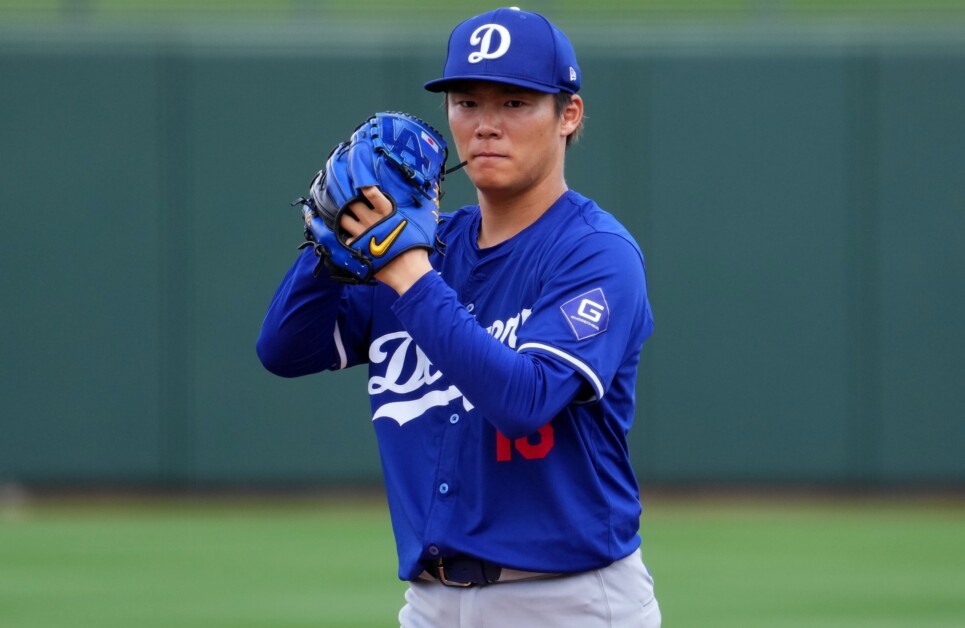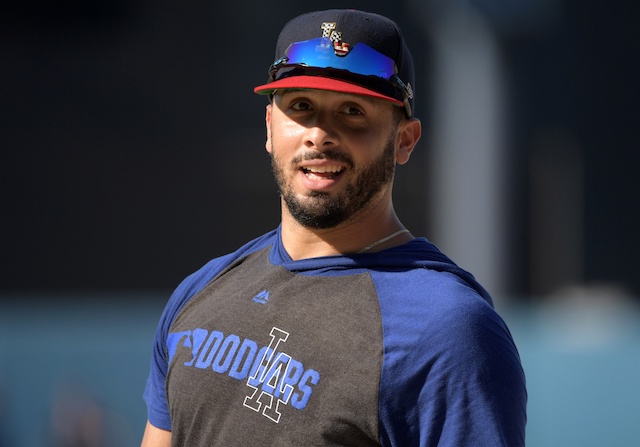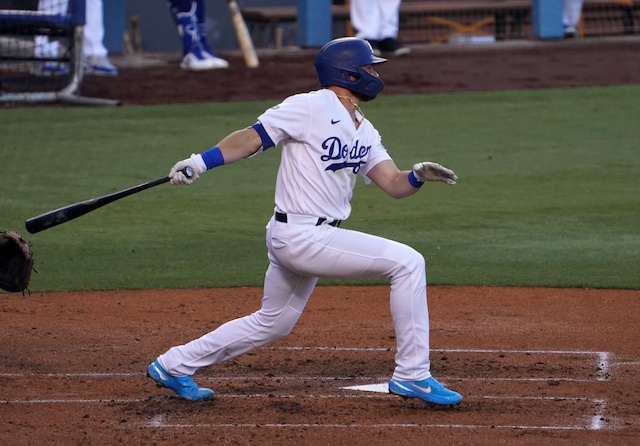While the Los Angeles Dodgers drew global headlines for their signing of Shohei Ohtani to a $700 million contract, the success of their rebuilt starting rotation is going to significantly hinge on Yoshinobu Yamamoto.
There is a reason the Dodgers gave Yamamoto the richest contract for a pitcher in MLB history last December. His upper-90s fastball and two plus offspeed pitches are what made Yamamoto highly sought after during the offseason.
But however dominant Yamamoto had been during his time in the Japan, there still remains a question mark with how he will adjust to the various factors that come with making the jump from Nippon Professional Baseball (NPB) to the Major Leagues.
That isn’t lost on Yamamoto and it has been something he’s diligently focused on addressing, according to Bill Plunkett of the Southern California News Group:
“I don’t have the experience throwing on shorter rest,” Yamamoto said. “But I did everything I could do in preparation – adjusting mechanics, and a lot of different other things. So I will keep adjusting as needed.”
There are plenty of success stories for Yamamoto to emulate, with Masahiro Tanaka and Yu Darvish some of the most recent examples of Japanese pitchers to have long and successful MLB careers. Of course, there is also Ohtani, and Kodai Senga who was thought to be a recruiting factor for the New York Mets.
However, Ohtani and Senga are also cautionary tales of speed bumps that can occur in the transition process between the two leagues. Ohtani’s arm injury history could have been exasperated by his somewhat unprecedented two-way play.
Ohtani was diagnosed with a first-degree UCL sprain in 2017, just five days after he signed with the Los Angeles Angels. In his rookie year, Ohtani’s arm issues worsened with Grade 2 UCL sprain and he had Tommy John surgery that same year.
Ohtani then had a second right elbow surgery this past year, and it’s preventing him from pitching for the Dodgers in 2024.
Senga in comparison is much less severe, suffering a moderate shoulder injury during Spring Training this year that likely won’t affect him long term.
All this to say, it should be reasonable to expect the Dodgers to monitor Yamamoto’s workload closely this season. For one, to make sure that he can be firing on all cylinders come the postseason, but also to do right by him and ensure he has a prosperous career with the Dodgers.
Beyond health factors, there also is Yamamoto needing to get acclimated to pitching with an MLB baseball and seeing more talented opposition.
Reasonable expectations for Yoshinobu Yamamoto’s rookie season
It is fair to assume that Yamamoto should have similar, if not better numbers, than Senga did in his rookie campaign with the Mets last season. Senga went 12-7 with a 2.98 ERA, 1.22 WHIP and 202 strikeouts across 166.1 innings.
A pitcher with Yamamoto’s pedigree and stuff should be able to replicate a Senga-type year for the Dodgers in 2024.
Have you subscribed to the Dodger Blue YouTube channel? Be sure to ring the notification bell to watch player interviews, participate in shows and giveaways, and stay up to date on all Dodgers news and rumors!








